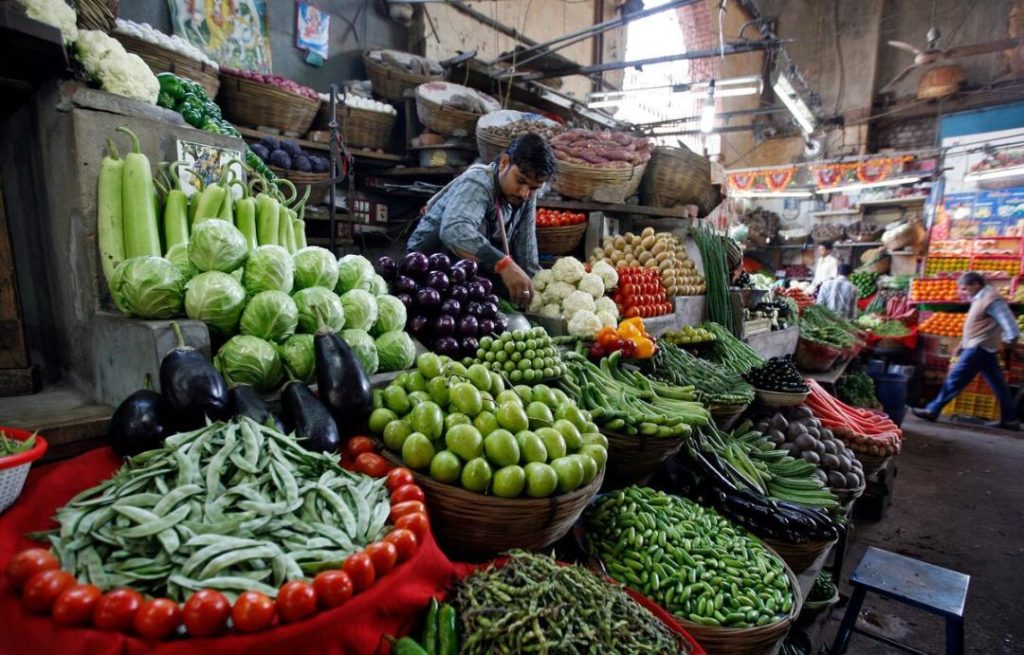
Which items saw highest & lowest inflation in January?
As the year begins, it’s essential to keep a close eye on inflation rates to understand the impact on our daily lives. Inflation, simply put, is the rate at which prices for goods and services are rising. In this blog post, we’ll delve into the top five items showing the highest year-on-year inflation in January 2025 and the key items with the lowest year-on-year inflation during the same period.
According to recent reports, the top five items showing the highest year-on-year inflation at the all-India level in January 2025 are:
- Coconut oil (54.20%): Coconut oil has seen a significant increase in prices, making it the top item with the highest year-on-year inflation in January 2025. This surge in price could be attributed to various factors such as a rise in demand, supply chain disruptions, or changes in global market trends.
- Potato (49.61%): Potatoes are a staple food item in many Indian households, and their prices have been on the rise. The 49.61% year-on-year inflation in potato prices could be due to factors such as crop damage, transportation issues, or climate-related challenges.
- Coconut (38.71%): Coconut is another essential item that has seen a significant increase in prices. The high demand for coconut products, such as oil and milk, could be contributing to the rise in prices.
- Garlic (30.65%): Garlic is a popular spice used in various Indian dishes, and its prices have been on the rise. The 30.65% year-on-year inflation in garlic prices could be due to factors such as supply chain disruptions, crop damage, or changes in global market trends.
- Peas (vegetables) (30.17%): Peas are a popular vegetable used in many Indian dishes, and their prices have been increasing. The 30.17% year-on-year inflation in peas prices could be due to factors such as crop damage, transportation issues, or climate-related challenges.
On the other hand, the key items with the lowest year-on-year inflation in January 2025 are:
- Jeera (-32.25%): Jeera, also known as cumin, has seen a significant decrease in prices, making it the top item with the lowest year-on-year inflation in January 2025. This could be due to factors such as an increase in supply, a decrease in demand, or changes in global market trends.
- Ginger (-30.92%): Ginger is another spice that has seen a decrease in prices. The -30.92% year-on-year inflation in ginger prices could be due to factors such as an increase in supply, a decrease in demand, or changes in global market trends.
- Dry chillies (-11.27%): Dry chillies are a popular spice used in many Indian dishes, and their prices have been decreasing. The -11.27% year-on-year inflation in dry chillies prices could be due to factors such as an increase in supply, a decrease in demand, or changes in global market trends.
- Brinjal (-9.94%): Brinjal, also known as eggplant, is a popular vegetable used in many Indian dishes, and its prices have been decreasing. The -9.94% year-on-year inflation in brinjal prices could be due to factors such as an increase in supply, a decrease in demand, or changes in global market trends.
- LPG (-9.29%): LPG, or liquefied petroleum gas, is a popular fuel used for cooking, and its prices have been decreasing. The -9.29% year-on-year inflation in LPG prices could be due to factors such as changes in global market trends, an increase in supply, or a decrease in demand.
It’s essential to keep a close eye on inflation rates to understand the impact on our daily lives. As consumers, it’s crucial to be aware of the prices of essential items to make informed decisions about our spending habits. Additionally, businesses can use this information to plan their strategies and adapt to changing market trends.
In conclusion, the top five items showing the highest year-on-year inflation in January 2025 are Coconut oil, Potato, Coconut, Garlic, and Peas (vegetables), while the key items with the lowest year-on-year inflation are Jeera, Ginger, Dry chillies, Brinjal, and LPG. As we move forward, it’s essential to keep a close eye on inflation rates to understand the impact on our daily lives.






